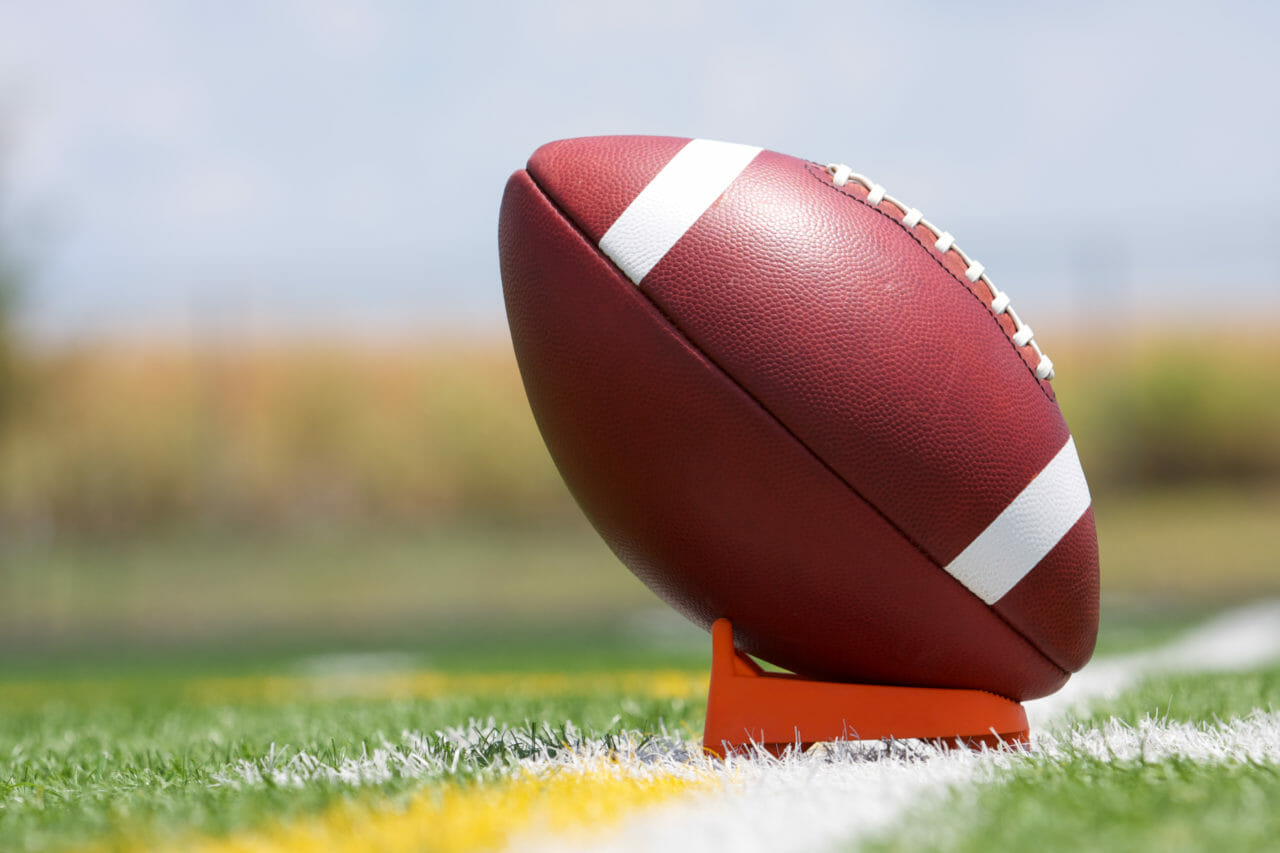The Giants season took a scary turn this past Sunday night when wide received Victor Cruz suffered a serious injury during the team’s 27-0 loss to the Eagles. Cruz went up for a touchdown pass from Eli Manning on fourth down in the third quarter of the game, and on his way down, grasped his right knee in pain. After being carted off the field, a later diagnosis would show that he had torn his patellar tendon.
Cruz had surgery the next day and will be out for the rest of the season as he begins a long road to recovery. While the Giants figure out how to fill their new gap at wide receiver, we at Dynamic Sports Physical Therapy thought this would be a good time to explain the three grades of strains and where Cruz’s injury fits in as a grade III.
Strains—not to be confused with sprains, which are injuries to the ligament or joint capsule—involve the stretching or tearing of a muscle and/or tendon. They occur from one of two reasons: the muscle/tendon has been stretched beyond its limit or it’s been forced to contract too strongly.
The risk for strains is especially high in contact sports like football and those that require quick starts and changes in direction like basketball and tennis, but strains can also result from simple tasks like lifting a heavy object. Once a strain occurs, a diagnosis will help to classify it in one of the following three grades:
- Grade I: a mild strain, in which the muscle or tendon is overstretched; small tears to muscle fibers may or may not occur; injured area may be tender/painful but will still have normal strength; requires 2-3 weeks rest
- Grade II: a moderate strain, involving a greater number of injured fibers and more severe pain and tenderness; mild swelling, loss of strength and sometimes a bruise may occur; rest period of 3-6 weeks is required
- Grade III: a severe strain and the most serious of the three grades, most of the muscle/tendon fibers are torn, and in some cases, they are completely torn or ruptured; considerable pain, swelling, tenderness and bruising are usually present, and movement is very difficult; these strains usually require surgery and an intense rehabilitation program afterwards
With a torn patellar tendon, Cruz’s injury is considered a grade III strain. Following surgery, his rehabilitation will focus on restoring mobility, knee range of motion and strength/power of hip and knee muscles. He won’t be able to return to full weight bearing and routine daily activities for about three months, while football-specific activities will begin after four months and full participation will take even longer. His path to returning to play will be a long one, but physical therapy and dedication to his program will be at the center of it as Cruz gradually regains his abilities.
For more information on strains and how they are treated, or for any other lingering pain you may be experiencing, visit us at Dynamic Sports Physical Therapy in New York City. Call 212-317-8303 to schedule an appointment.

